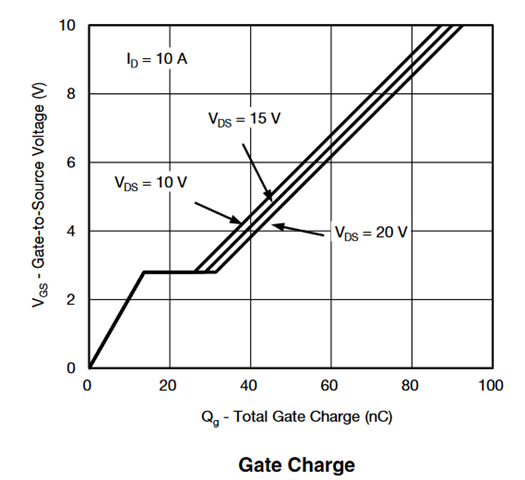Other Parts Discussed in Thread: LM25085A, LM25085,
Hi,
I have used the WEBENCH tool to help me with the design of 4 power supplies. Following are the main features of them:
Vout1: +15V/4A (Input +24V);
Vout2: -15V/4A (Input +24V);
Vout3: +6V/6A (Input +24V);
Vout4: +2V/4A (Input +6V).
I have chosen the item LM25085A for the 3 positive power supplies and the item LM5088MH-2 for the negative one.
Since I have done some changes regarding the original schemes from the WEBENCH, I would like to ask your analysis so that we can be tranquil. I ask because we have to be accurate when doing this revision, since we have no time left to expend with another revision if it don’t work well. I think the positive power supplies don’t have much reasons to not be OK, but I would like to check mainly the negative power supply.
Just for understanding, I have inserted the diode D201 at the +6V power supply so that the stored energy in the supercap C215 doesn’t flow to the other power supplies when the power down occur, this energy has to be used just to supply the +6V circuitry.
Thank you in advance for your help and attention.


